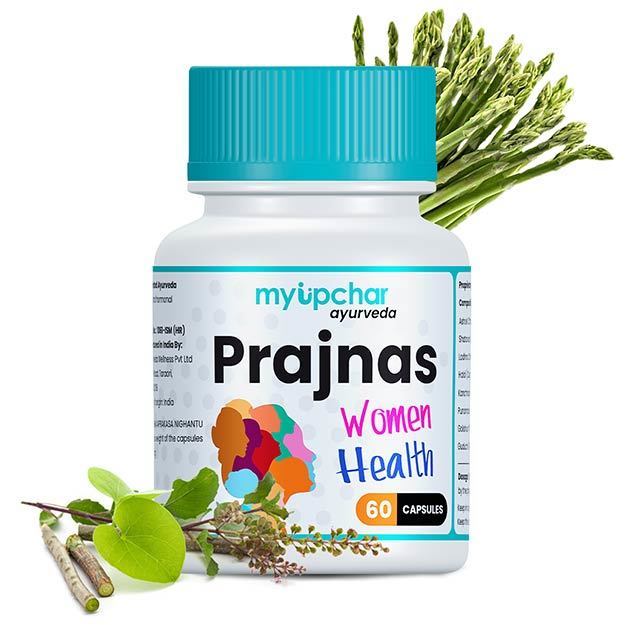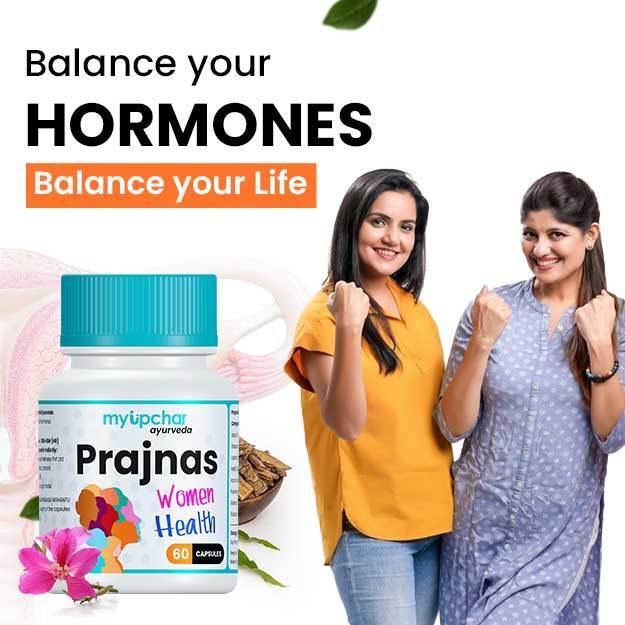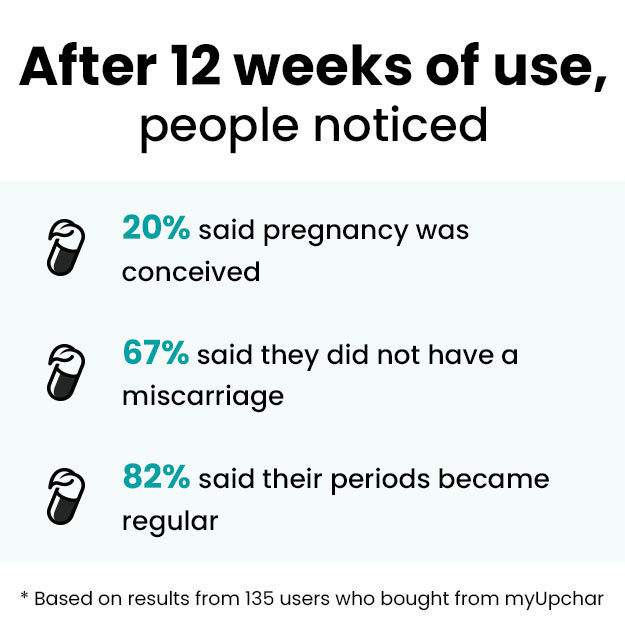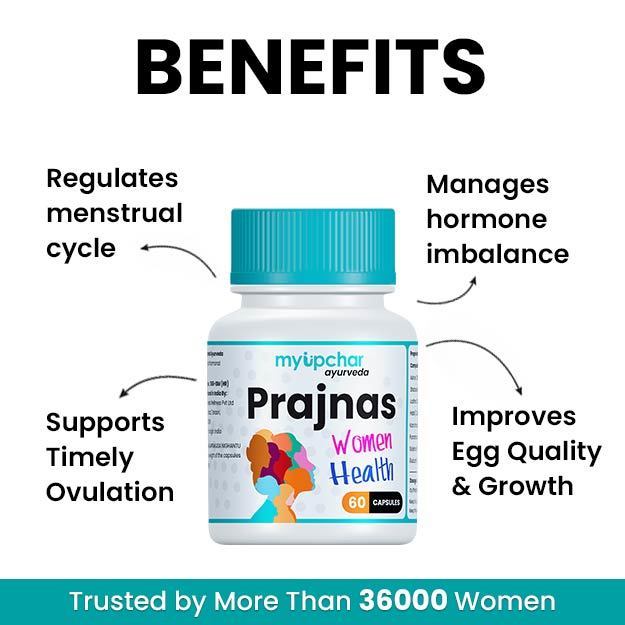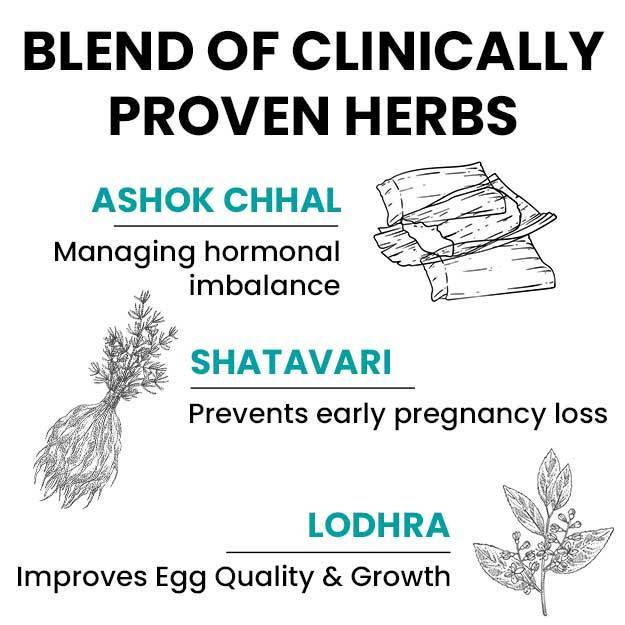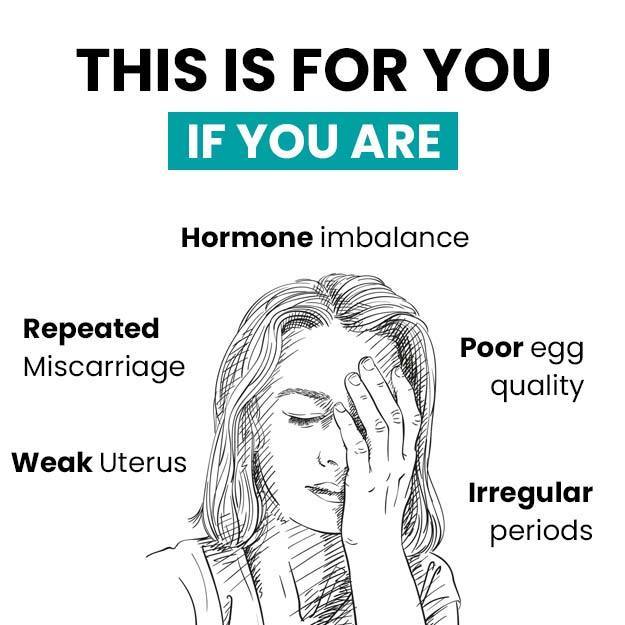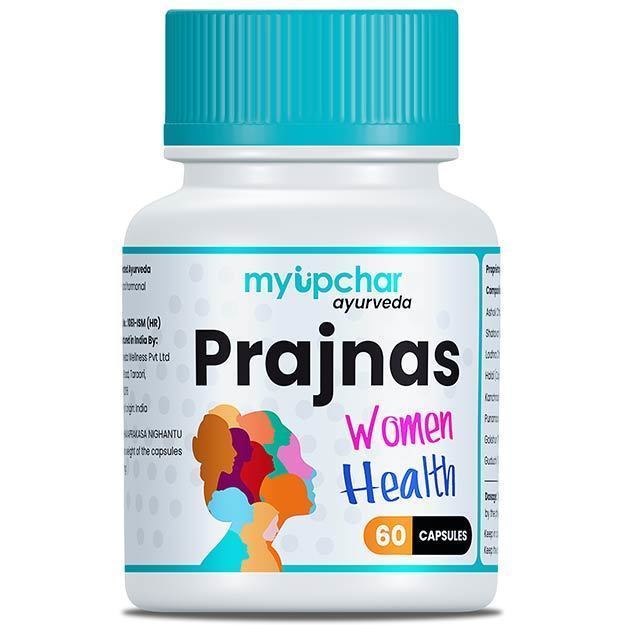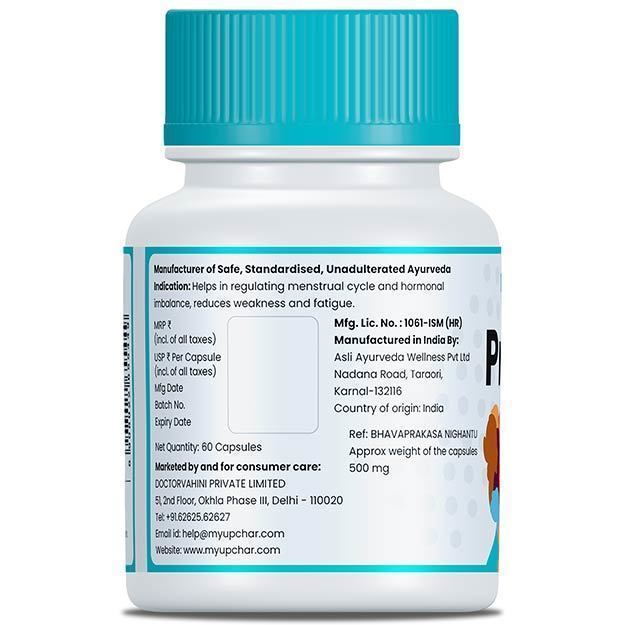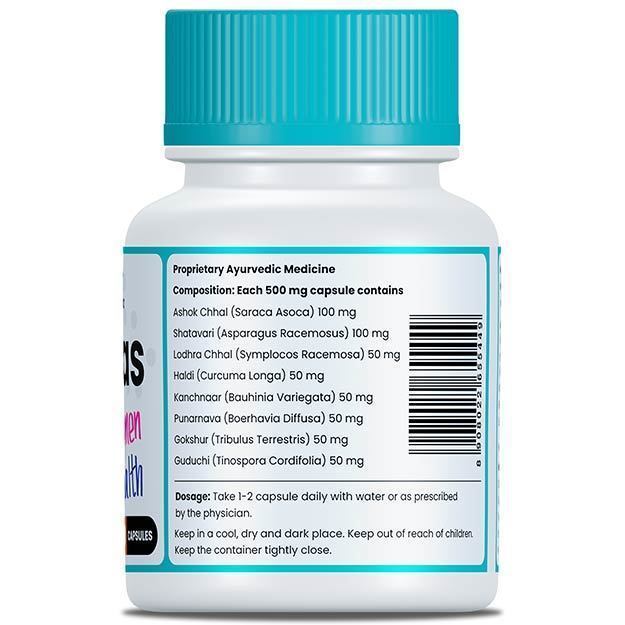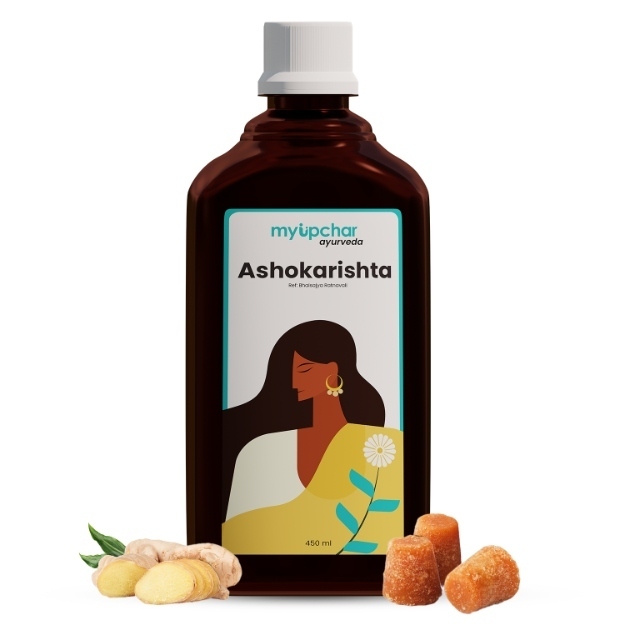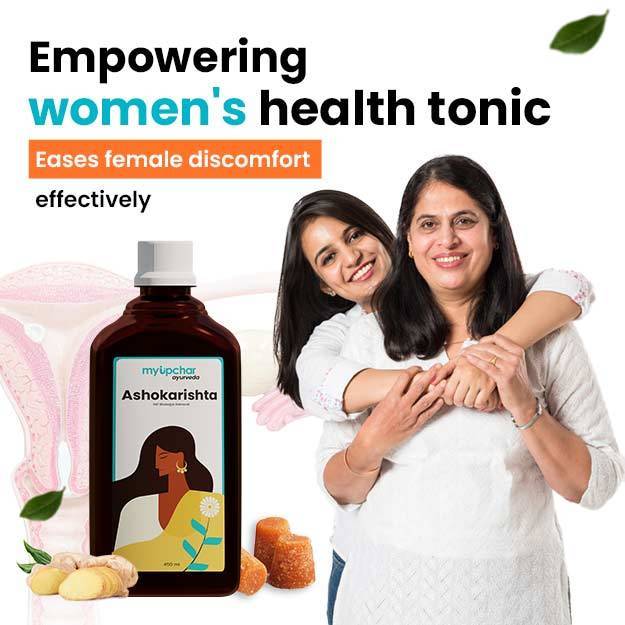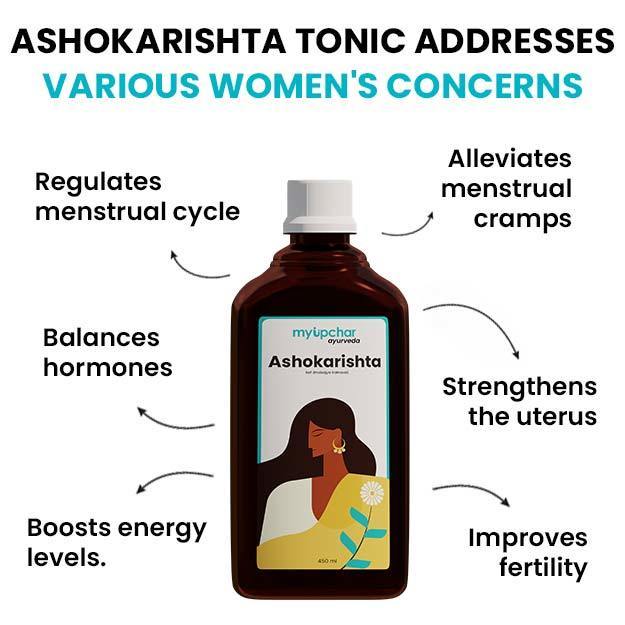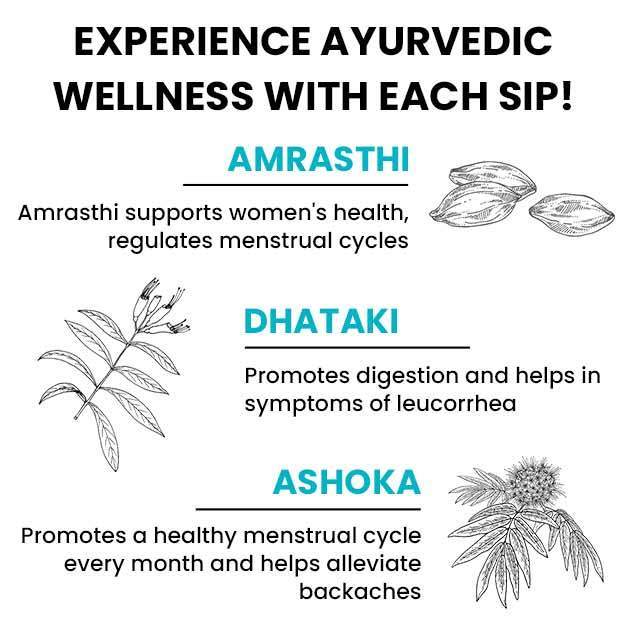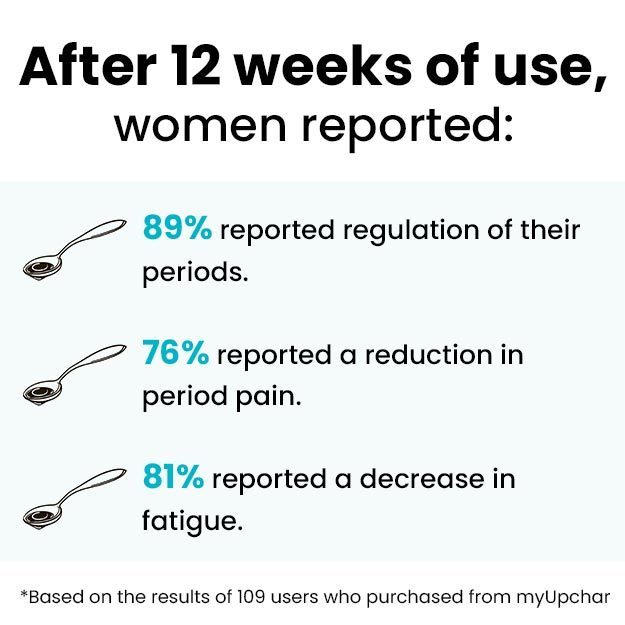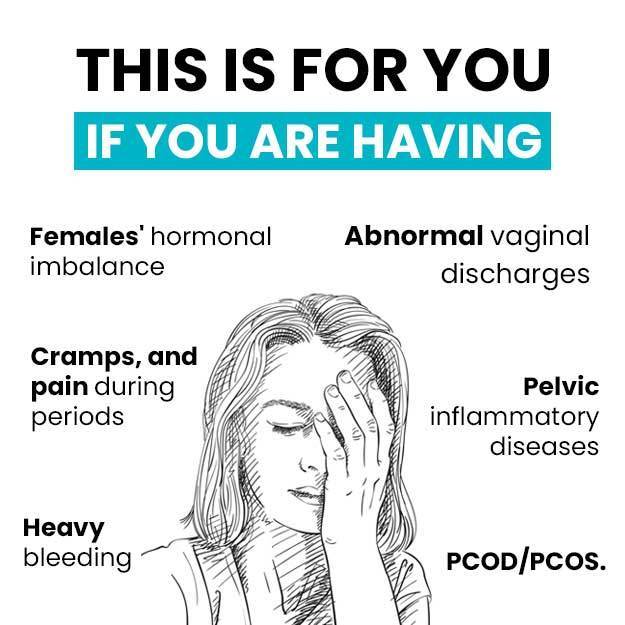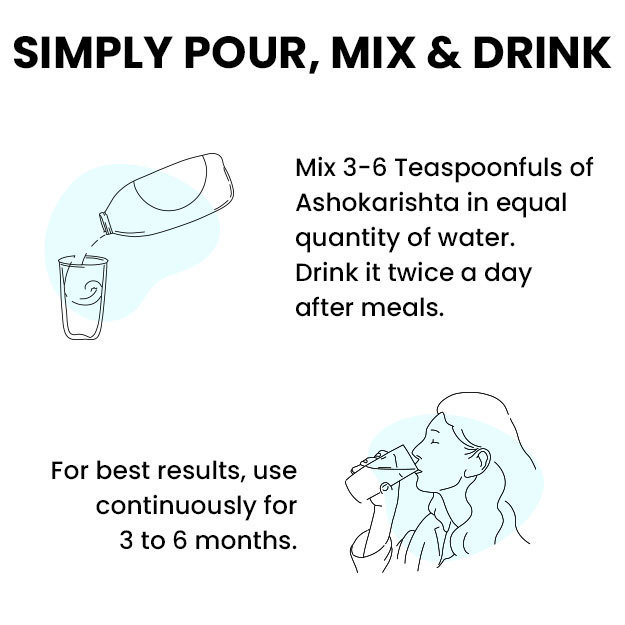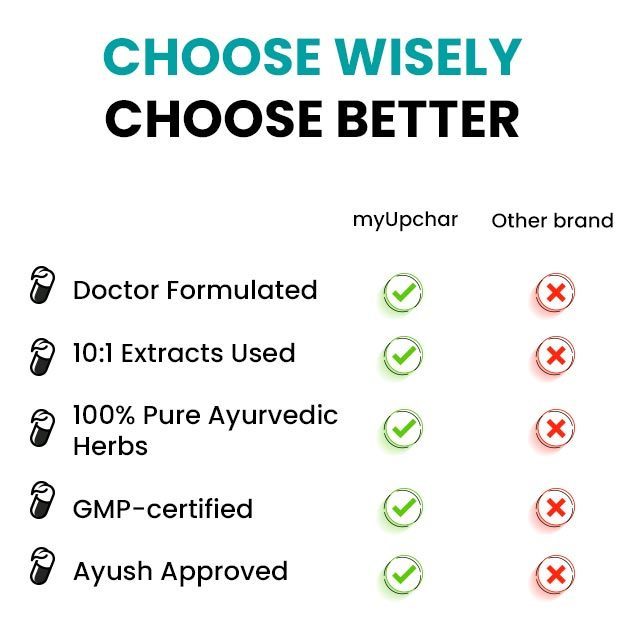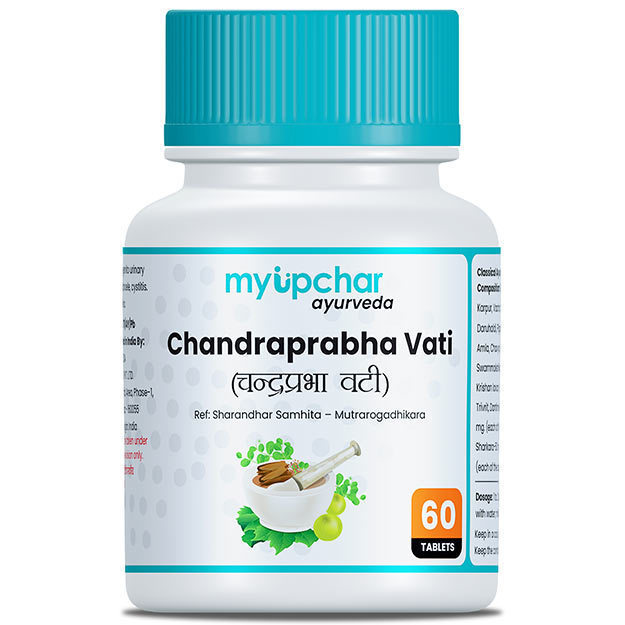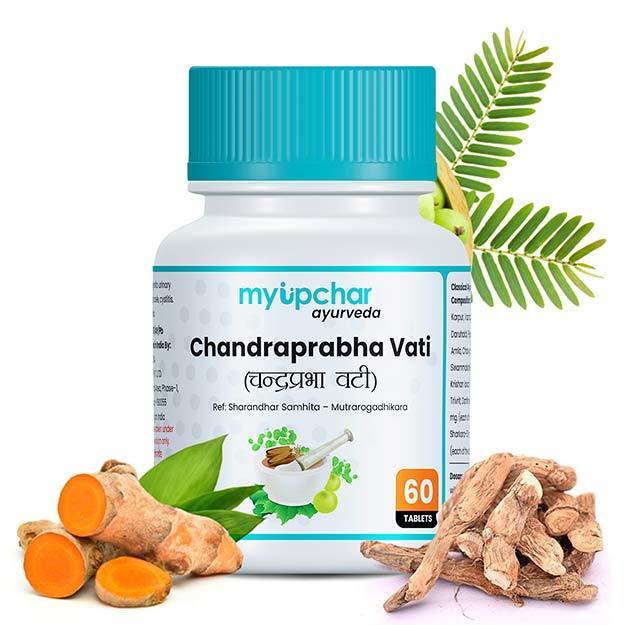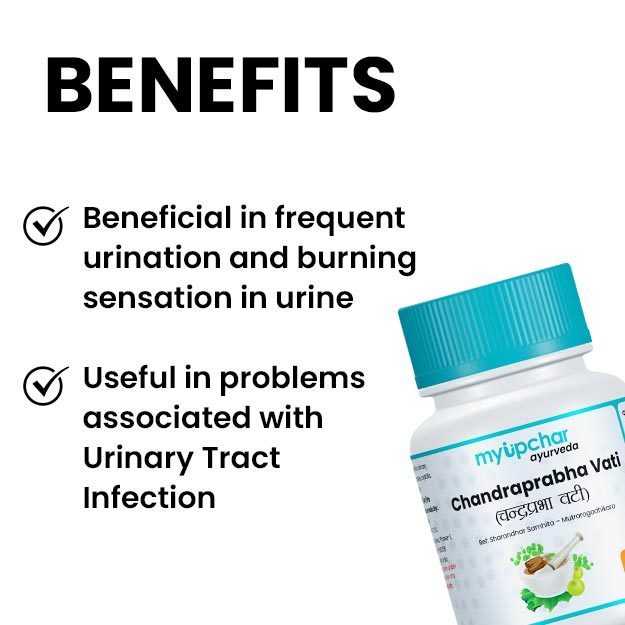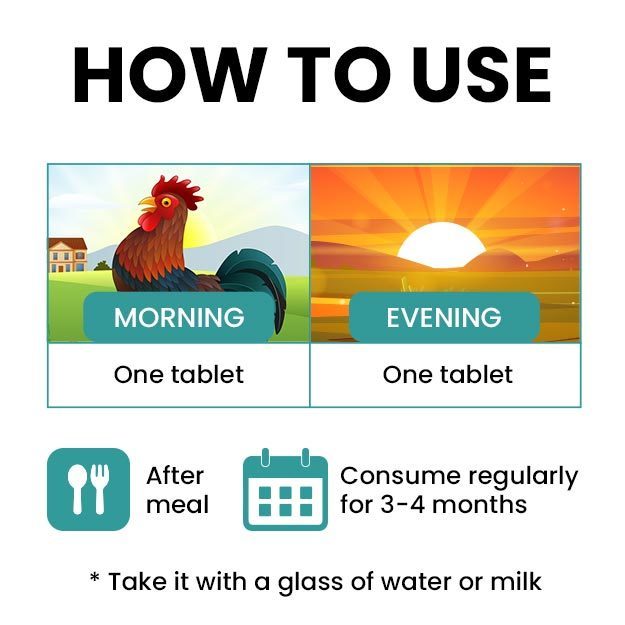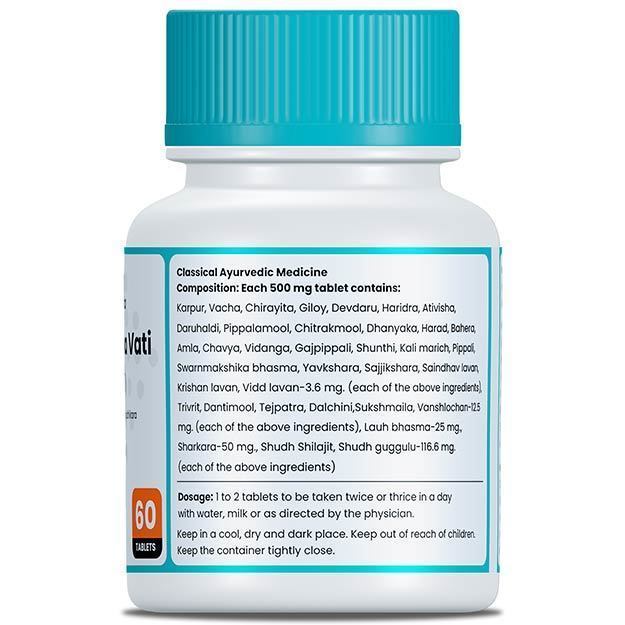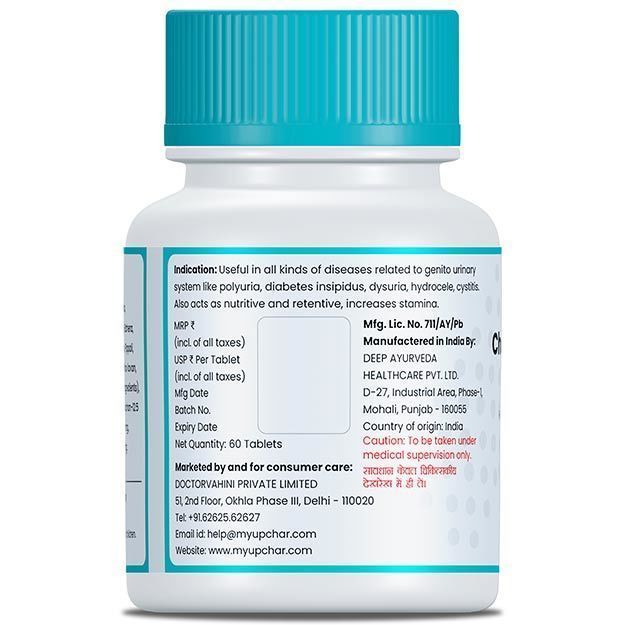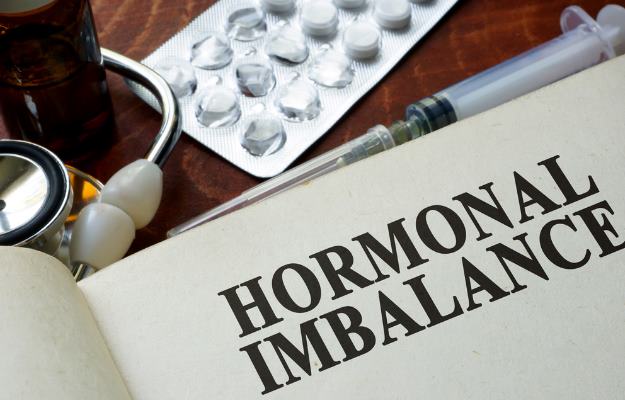Testosterone is often known as a male sex hormone, but it plays a crucial role in women’s health as well. Though women produce much lower levels of testosterone than men, their adrenal glands and ovaries still generate small but essential amounts of this hormone. Throughout a woman’s life, testosterone levels naturally fluctuate — influenced by age, menstrual cycle phases, and even time of day.
Low testosterone levels in women can lead to several health issues. It may interfere with the production of new blood cells, disrupt other hormonal balances, and reduce sex drive. A deficiency can also affect mood, energy levels, mental sharpness, and bone health. When there is too much or too little testosterone, the body's natural equilibrium is disturbed, which can impact several key bodily functions.
Read More - (Female hormones and their role in women's health)




